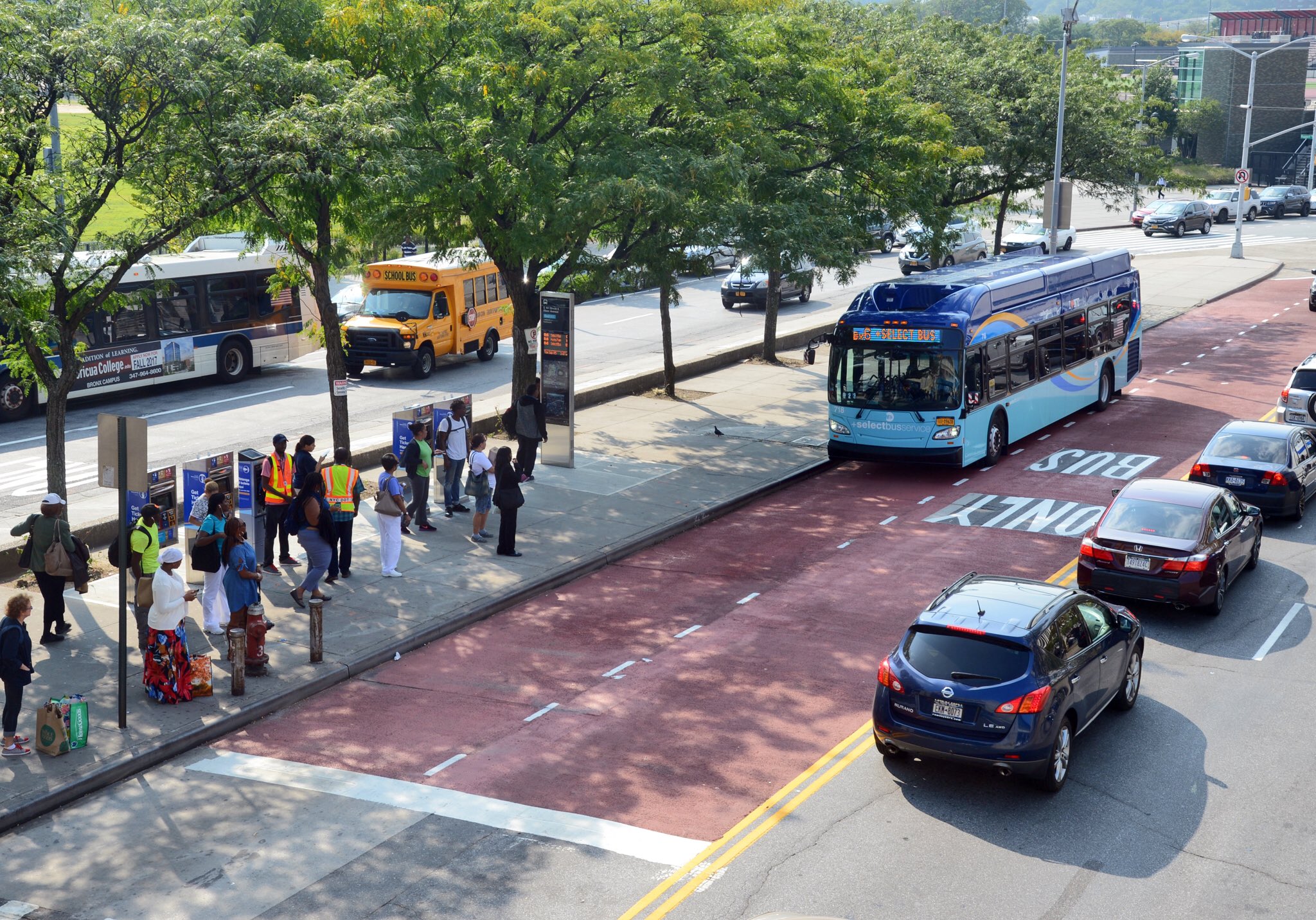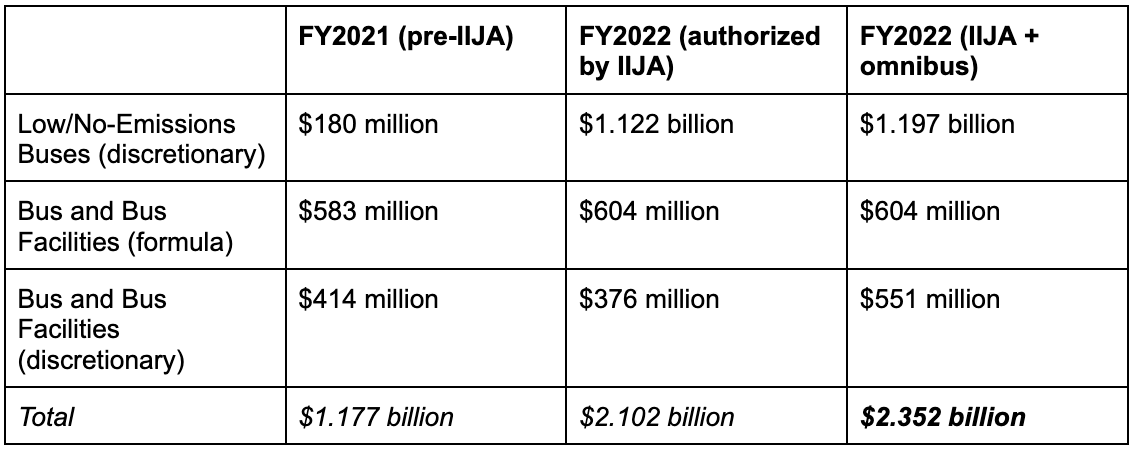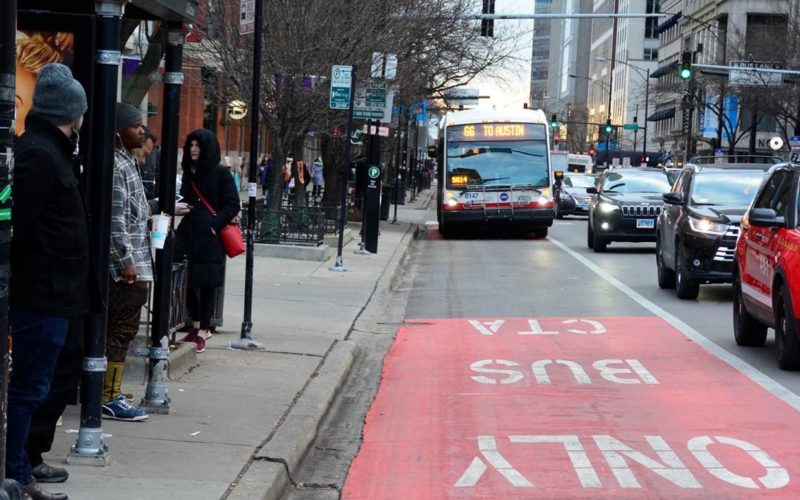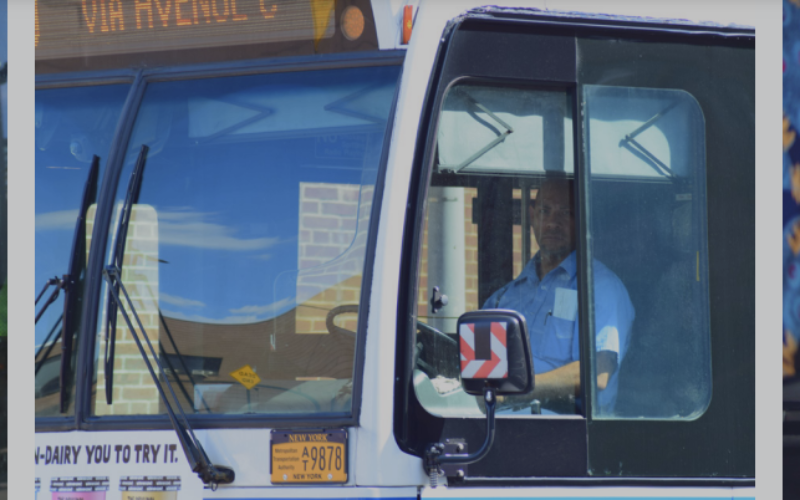
Caption: The Bx6 Select Bus Service in New York City, a prior recipient of federal funding to improve bus facilities
The Infrastructure Investment and Jobs Act–the “bipartisan infrastructure law” signed last year–offers limited relief when it comes to operating transit service. But the good news is that it represents a sea change when it comes to capital investment. It expands the size of the federal transit programs by at least 49%–not enough to meet all repair needs, but enough to allow many agencies to escape austerity and plan to improve the rider experience while modernizing what they have.
A perfect illustration of this is the U.S. Department of Transportation’s most recent request for applications to the federal Bus and Bus Facilities Grant (USDOT calls this a Notice of Funding Opportunity, or NOFO). Earlier this month, USDOT issued a NOFO for two major grant programs that fund bus-related capital needs, with applications due May 31:
- $1.1 billion for the Low-No Emission Bus program, which pays for low-emission and zero-emission buses, facilities and equipment which supports them, and stations and stops that accommodate them.
- $372 million for the Bus and Bus Facilities Grant program, which is used to buy, rehabilitate, or lease buses and vans and “bus-related facilities.” (Another $604 million in this program will be distributed to transit agencies through a legislative formula, without needing to apply.)
Like most federal grant programs, these require a local contribution (of 15-20% in most cases).
Under IIJA, nearly twice as much funding is available through these programs, with the increase concentrated in the “Low-No” program. Congress then added another $250 million to these programs in the fiscal year 2022 “omnibus” act, which was signed by President Biden on March 15 and keeps the government funded through September 30 (the additional money from the omnibus will likely be awarded through this NOFO as well.)
IIJA Grows Federal Programs for Bus Capital Needs

The growth in funding creates opportunities to use the “Bus and Bus Facilities” part of the pie for improvements to riders’ experience and working conditions.
Historically, both programs have paid for the replacement of buses that are more than 12 years old, as well as antiquated maintenance facilities. For example, in 2021, when $591 million was awarded through the discretionary parts of these programs, 107 of the 119 grants were for normal bus fleet replacement or updating or replacing old facilities.
Other types of bus improvements have long been eligible, but have always received a small slice of the program. Bus and Bus Facilities grants have helped pay for benches, shelters, and ADA improvements at 100 bus stops in Salt Lake City; bus rapid transit corridors in Albany, New York and the Bronx; bathrooms for riders and workers in Lewiston, Idaho; modernized fare collection systems at agencies in Massachusetts and Texas; and new buses associated with service expansion in Seattle.
These types of upgrades are not “nice to have” – they are fundamental to providing universal access and a dignified transit experience. Installing bus shelters has been shown to increase ridership, and can correct the longstanding pattern of agencies dedicating more funding to rail facilities than bus facilities. A lack of access to restrooms is an abiding health and safety concern for transit workers across the country. And ADA accessibility determines whether or not someone can use transit at all.
Transit agencies which have struggled to simply maintain bus fleets now have more leeway to think big. Agencies with plans on the books to improve the bus riding experience, like Houston’s METRONext or Atlanta’s Move MARTA, should look to the Bus and Bus Facilities program (and other programs expanded in IIJA) to accelerate those plans. Doing so will require the identification (and political support) of local funding sources that can meet federal matching requirements.
For agencies without such plans in the works – now is the perfect time to escape the austerity-driven replacement mindset, and to think expansively about how to compete for and use this money. And advocates, it’s up to you to provide them with ideas and encouragement.
 Chicago is Long Overdue for “Better Streets for Buses”
Chicago is Long Overdue for “Better Streets for Buses”
In April, the Chicago Transit Authority (CTA) and the Chicago Department of Transportation (CDOT) announced the first effort in years to significantly improve the plight of the city's buses. Time is already running out on this rare opportunity.
Read More Invest in Transit Equity, Invest in Transit Workers
Invest in Transit Equity, Invest in Transit Workers
The national transit operator and maintenance worker shortage is nothing less than an emergency, resulting in cuts to transit service affecting millions of riders.
Read More